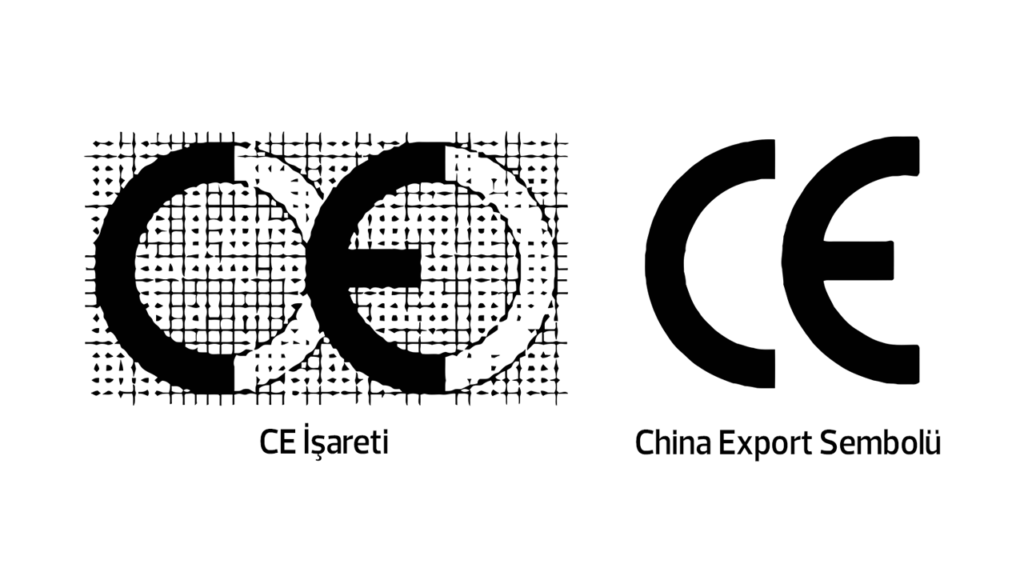How to Distinguish a Real CE Mark From a Fake CE Mark
CE mark indicates that a product meets the relevant European standards, health and safety requirements. Some products entering our country through imports may have fake CE marks. So how can we tell if the CE mark is fake?

CE mark indicates that a product meets the relevant European standards, health and safety requirements. Some products entering our country through imports may have fake CE marks. So how can we tell if the CE mark is fake?
CE symbol, which means China Export, which is very similar to the CE mark but different from the standard CE mark, is used especially in products entering our country through imports from China.
The standard CE mark consists of the letters C and E, which are formed by interlocking circles with the same radius, with a certain distance between them. This mark indicates that the product has been manufactured and certified in accordance with European directives. The product bearing this sign is free to circulate in the European market.
In the CE symbol, which is claimed to be the abbreviation of China Export, the letters C and E are closer to each other. The letter E is located right next to the letter C and there is no extra space in between letters.
The China Export icon is placed arbitrarily by Chinese manufacturers and does not confirm any test results.
Whether the CE mark is real can be understood from the forms of the letters C, E, and the interval between two letters. If the letters are closer to each other than specified in the standard format, this mark can be said to be fake.
The manufacturer or importers declare that the product complies with European standards by using the CE mark on the product. Large penalties are imposed on manufacturers or importers for improper use of the CE mark.


Thank you very much for the geometric explanation of the ce symbol.